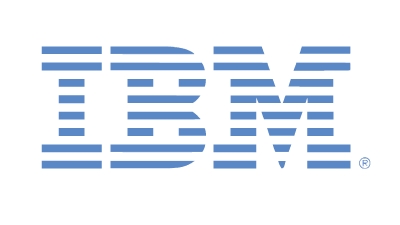Answers To 3 Common Hyper-Convergence Questions
Submitted by Lief Morin on

Lief Morin (pictured) is CEO of Key Information Systems – No. 256 on CRN's Solution Provider 500 – based in Agoura Hills, Calif.
Every new technology, no matter what it is, faces questions when it’s first introduced and heads toward becoming mainstream. For cars, people asked: “Do we trust this carriage with no horses?” When television was introduced, people were worried it would kill radio and books, and be a bad influence on children.
For new technology used in business, the conversation tends to focus more on how companies will be able to leverage it. "Will it help improve our processes? Will it help us become more efficient? Can we use it securely?" The makers of technologies as far ranging as the cloud and laptop computers had to answer these questions. In many cases, they’re still answering them.
It’s no surprise, then, that similar questions are being asked about hyper-convergence, an infrastructure and architecture where compute, storage, networking and virtualization (or containers) are managed with a single, centralized management system. Hyper-convergence is still early on the path to widespread adoption, but the questions are coming. Here are three common questions businesses are asking about hyper-convergence, and how the technology answers them.
1. How will machine learning enhance hyper-convergence?
Workloads and patterns change over time. There’s nothing that can be done about this; it’s the nature of doing business. When workloads have to be migrated or changed, making sure that service-level agreements (SLAs) based on such metrics as performance are met requires constant evaluation and risks serious disruptions. It’s no wonder that planning around the delegation of how workloads will consume compute resources takes the best-trained, best-paid employees.
Many companies are starting to turn to machine learning to ease the burden of people managing IT resources and architectures. If hyper-convergence can’t support this, then it’s a non-starter for many organizations. Hyper-converged environments can support machine learning, and then some. With intelligent, policy-driven workload placement technology already adopting machine learning, hyper-converged environments are in a position to recommend and provide maximized performance for almost any company’s IT infrastructure.
Many hyperscale cloud architectures already deploy this scheduling capability. High-performance, on-premise computing technologies – such as those from Platform Computing and OpenLava – will be the next to become available in hyper-converged platforms. Down the road a bit, artificial intelligence (AI) will be leveraged to learn from workload behavior.
It really gets exciting when all this workload information can be analyzed using the cloud. When billions of workloads can be examined, digested and delivered back to hyper-converged, on-premise systems, proactive workload management can happen without human interaction – all autonomously.
2. Can hyper-convergence take advantage of next-generation tech?
Beyond machine learning and AI, what about other next-generation technology? Purley, non-volatile memory express (NVME) and 3D Crosspoint are just a few of the exciting hardware innovations ready to go mainstream in the near future. Is hyper-convergence set up to make the best use of other innovations coming through the pipeline?
The short answer is yes. Hyper-converged architectures can help organizations realize the promise these platforms have to offer. Let’s look at 3D Crosspoint as just one example. When this type of very dense, persistent memory becomes price competitive with external flash storage, watch out. When – not if - this happens, the need for an external storage architecture and the resources to manage it will virtually disappear. Instead, completely integrated hyper-converged solutions will be able to deal with almost any commercial workload deployment, including blocks, files and objects.






